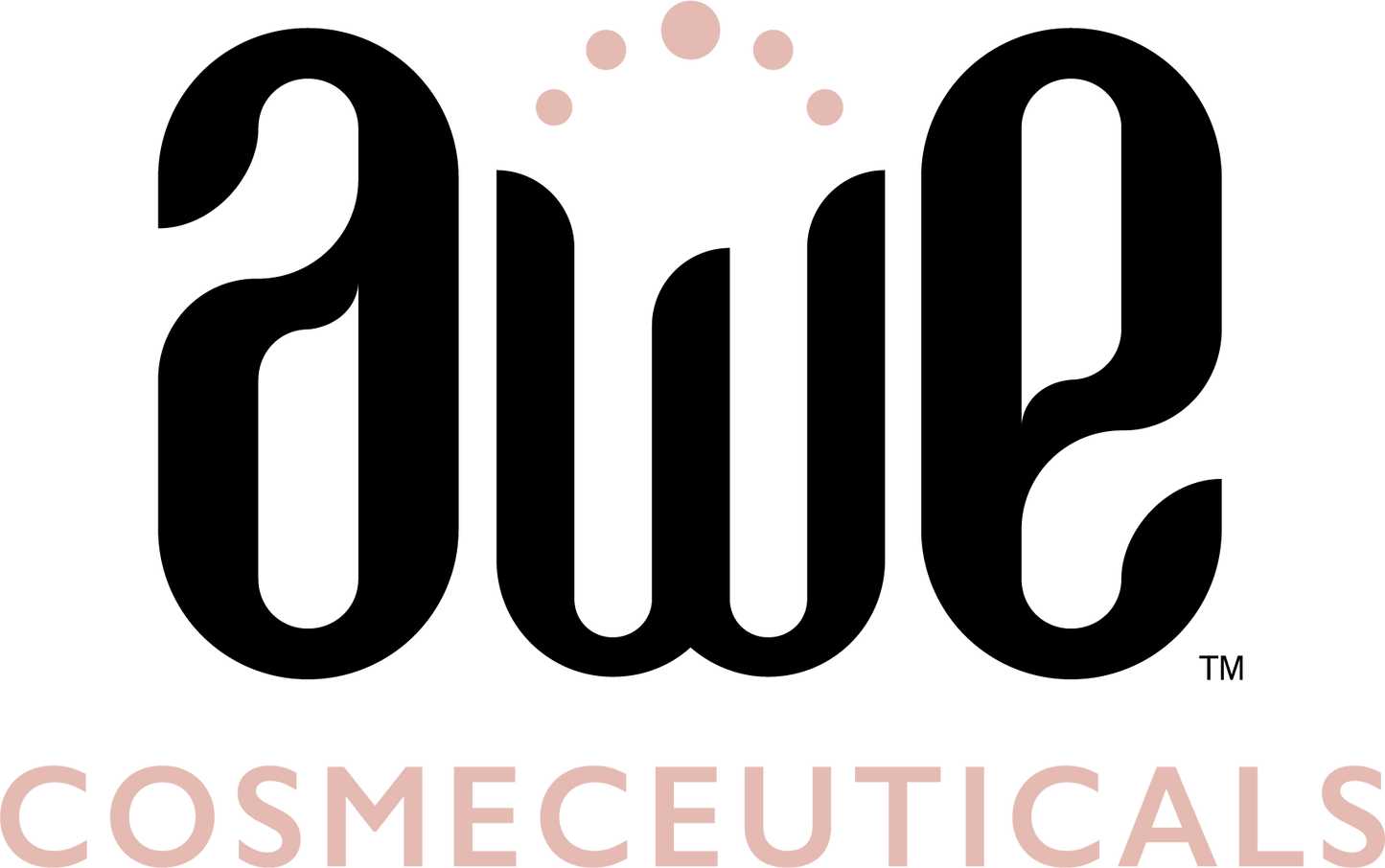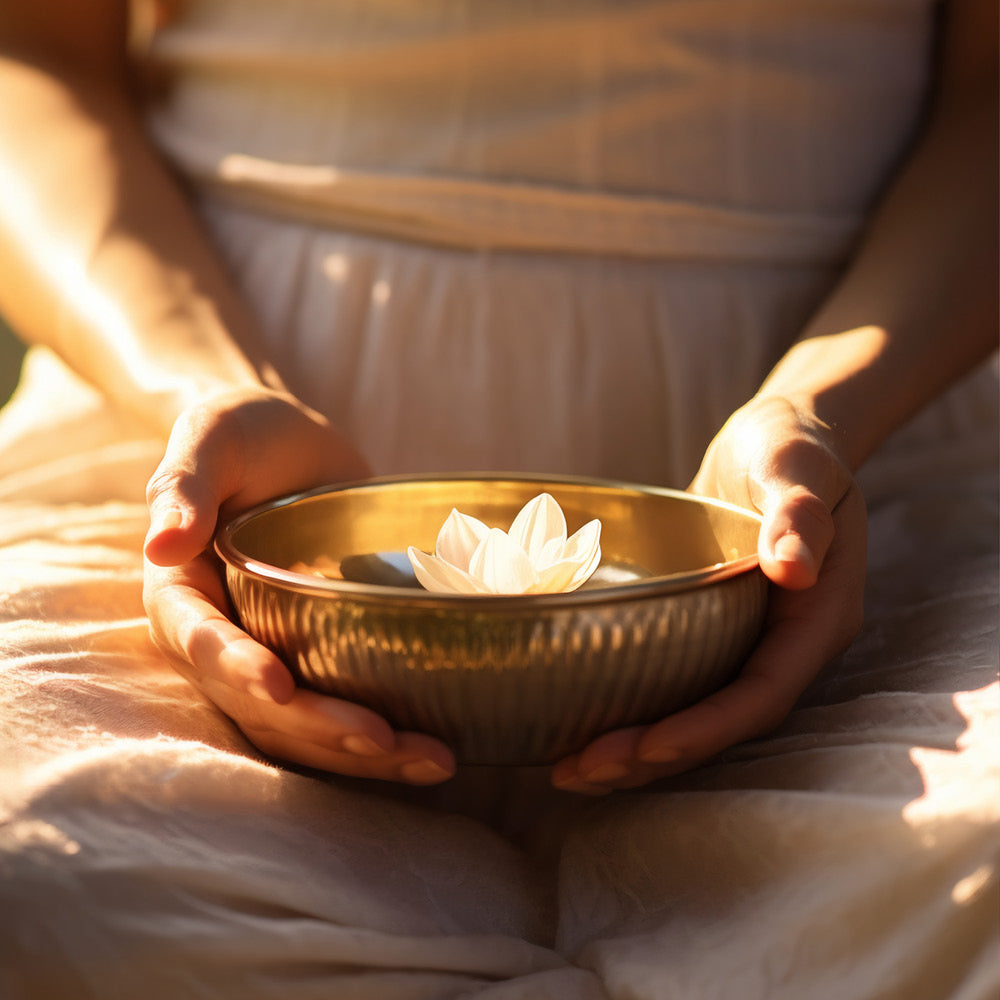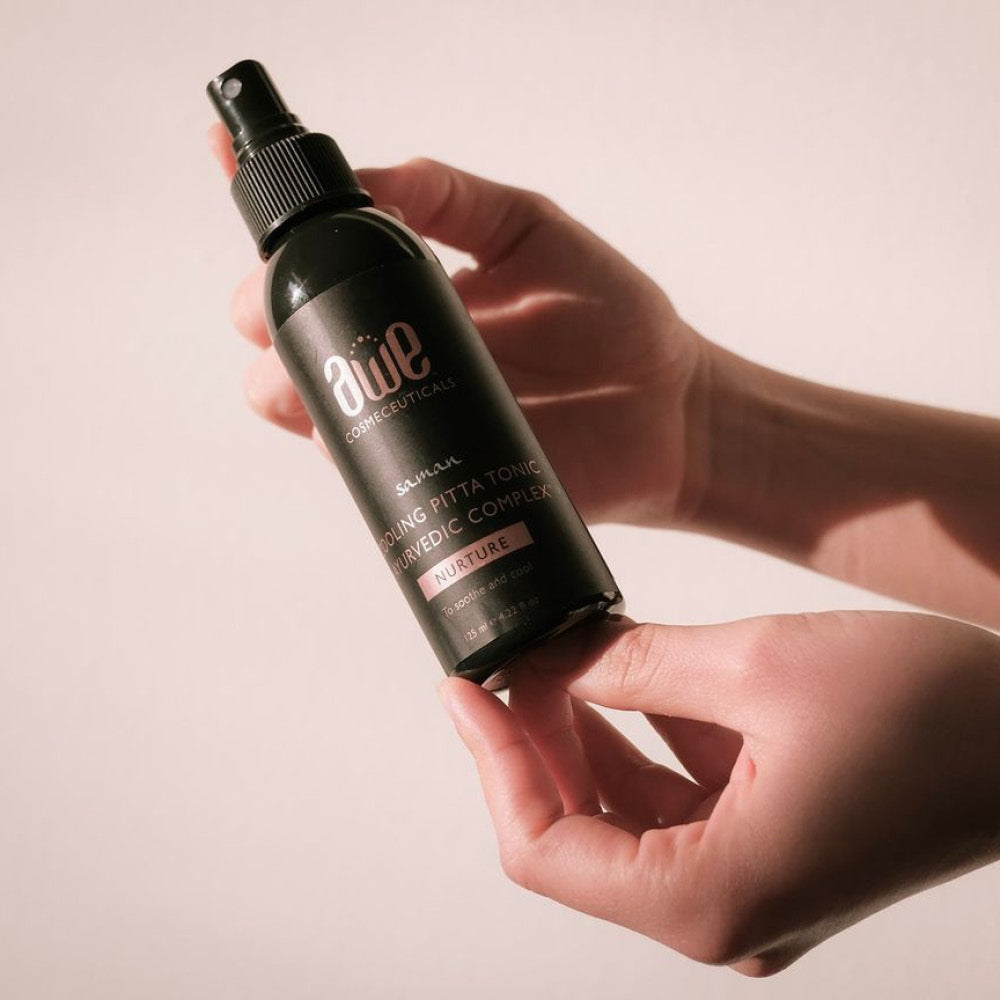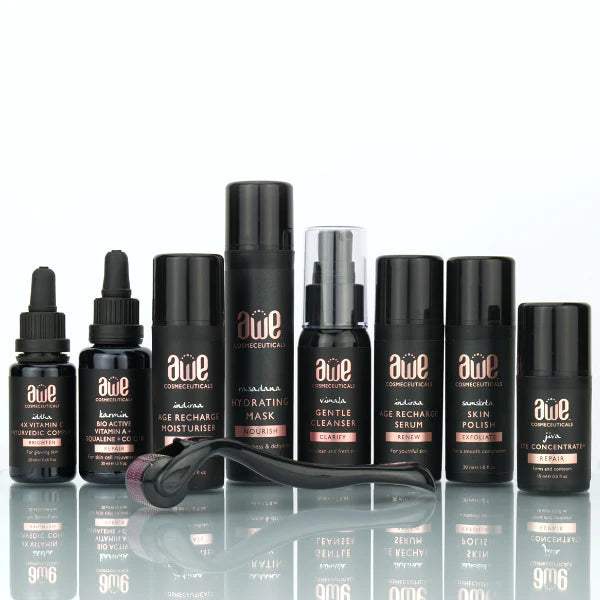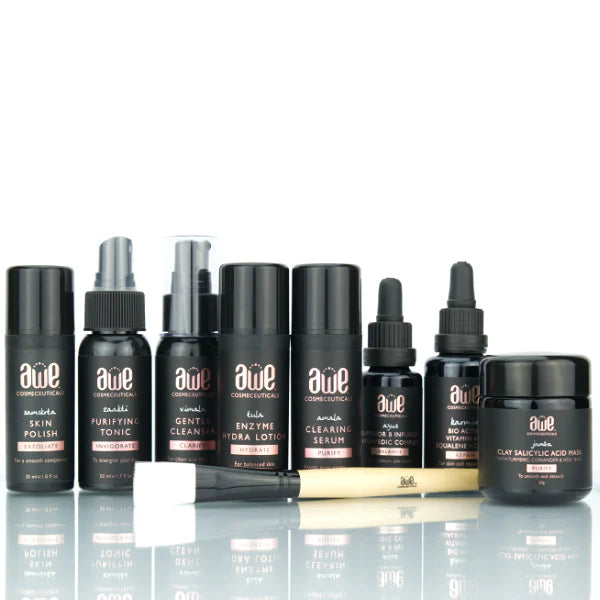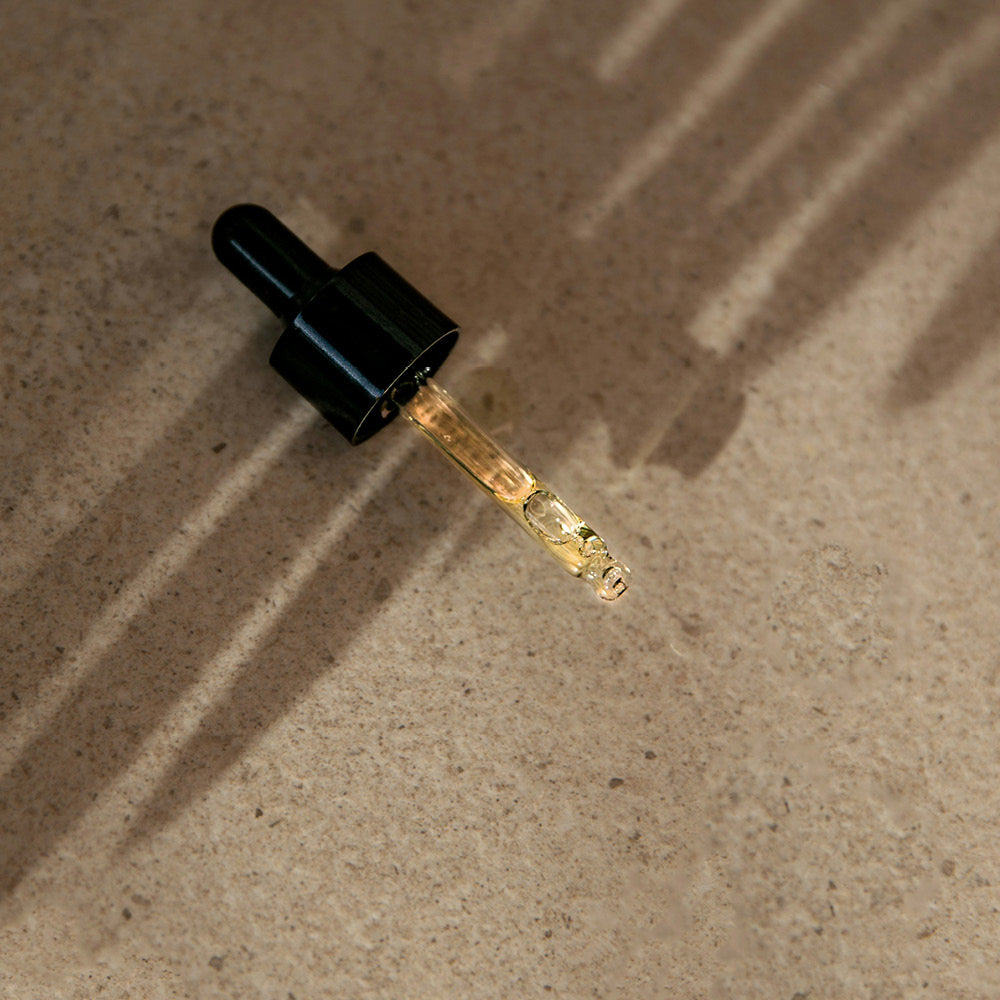What is acne?
Acne is a skin imbalance or disorder of the pilosebaceous unit, known more commonly as the hair follicle and sebaceous gland. Acne is often present in areas with a high concentration of sebaceous glands such as the face, chest and back.
Often seen as a hormonal problem of youth, acne is certainly not limited to the teenage years, with acne occurring in some cases well into the 20’s or 30’s.
How is acne formed?
Acne can be triggered by many internal and external factors, including excess oil production, bacteria, hormones and hyperkeratosis. Acne can vary dramatically in appearance and be characterised by comedones or ‘blackheads’, papules, pustules and in severe cases, inflammatory cystic acne and scarring.
Severe cases of acne are often treated with medications including antibiotics which can have undesirable side effects such as digestive upsets, permanent hyperpigmentation, hypertension and even inflammatory bowel disease. These medications are strong and are therefore only recommend for use for a burst of 3-6 months.
To successfully treat acne, it is best to first understand the specific reasons that acne has presented. The 4 main causes of acne are detailed below.
The 4 main causes, or pathogenesis, of acne include:
1. Hyperkeratosis – a disorder of the hair follicle, where the skin cells, lining the follicle, do not shed as they should due to an excess of the protein keratin in the skin. A build-up of these dead skin cells can block and clog the follicle or sebaceous duct leading to acne.
2. Hyperseborrhea – or a surge in sebum (oil) production. Often caused by hormones (in particular the androgens – male hormones found in both men and women), where the oil glands are overstimulated and can upset the natural growth of skin cells.
3. Bacteria – when these blockages occur, the stage is set for a warm, ripe breeding ground for bacterial colonisation.
4. Inflammation – as we know, inflammation is simply the body’s response to infection. White blood cells rush to the affected area in an effort to correct and heal. The result is inflammation, redness and swelling.
Rebecca’s TOP TIPS for acne management!
1. Hands-off! Do not squeeze acne, however tempting and irritating it may be.
2. Start a mild cleansing regimen with a natural, sulphate and soap-free cleanser. This will allow the skin’s natural levels to rebalance without stripping away essential oils that the skin requires to sustain this balance.
3. Use a targeted serum twice daily that has specific actives to help control skin imbalance. AWE’s amala Clearing Serum with the active AC.net is designed to target ALL 4 pathogenesis of acne and encourage a clear, balanced complexion.
4. A healthy diet is essential to help combat acne, including drinking plenty of water.
5. A non-comedogenic sunscreen should be sought by those suffering acne. Try and seek out a minimum SPF30+ broad spectrum for best coverage and durability for the fragile skin.
A note on Ayurveda to aid acne prone skin
Thinking in Ayurvedic skin care terms, people who suffer from acne are more likely to have a Kapha dosha. The Kapha dosha is characterised by a tendency towards oily skin, and we now know it’s that excess of oil that can cause acne troubles.
By understanding their dosha, acne sufferers can consume foods and use skincare products that help to keep their dosha in balance.
Kapha dosha types should avoid sweet and oily foods as well as dairy. Instead, try spicy, bitter and astringent tastes. Hot ginger tea is excellent to stimulate kapha’s digestion too.
Your AWE skin care regimen for acne-prone skin:
Gentle Cleanser – use morning and night, double cleansing with each use to ensure all make-up build up and surface impurities are removed.
Skin Polish – use once per week to remove dead skin cells they may be clogging pores.
Clearing Serum – use morning and night before following with the Calming Serum. This serum will help in controlling oily skin conditions, easing congestion. Clearing Serum may also be used as a topical cream for spots and blemishes.
Calming Serum – use morning and night after the Clearing Serum to cool, and soothe skin.
Lightening Serum – the perfect companion for those who suffer pigmentation issues along with their acne.
QUESTIONS WELCOME: Do you have any questions or concerns about your acne prone skin that we can assist with? If so, please feel free to leave a comment below or email us at info@awecosmeceuticals.com.au.
